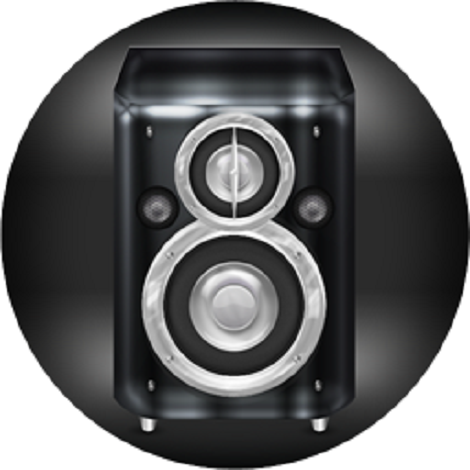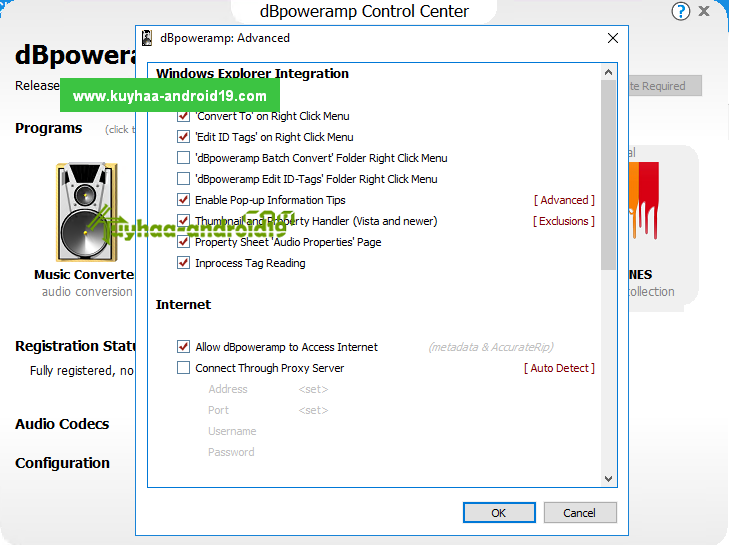

I think he left becuase he couldn't implement whatever he wished (because of f****** stupid A hole EL)." Saivert, I don't know about the dev-side of things, but I think his comment was mainly aimed at your last remark: Please have this problem fixed so that I don't need to use Foobar2000 to play my AAC files. I guess that the support of AAC in Winamp is not so well, since Foobar2000 can play the encoded AAC files without a single problem. The files are played, but the file info box still displaying tags incorrectly. I have another latest Winamp in another box, which does not use the DirectX Output Plugin, but uses the Waveout plugin. dialog of an AAC file, the codec property is correct (AAC), but the encoded bitrate is not right, my encoding bitrate is quality 250, however, it displays 192bps CBR, and the tags are not there (but are there in Foobar2000). The Winamp output is a DirectX Output Plugin that comes along with the latest version of Winamp.Īnd I found that in the File Info. I am using the FAAC.exe file (with latest codec plugin in dbPowerAmp Codec Center) to convert AAC files.

The files are played at about 1 second, and then stopped. The converted files are playing well with Foobar2000, but in Winamp they are just not playing. Even on a lower setting, 100% of the core is used.I have used dbPowerAmp, a great file converter, to convert my APE files into AAC ones. Give to dBpoweramp in relation to other programs, set to Idle to allow the conversion to progress in the background and not interrupt your work.
#DBPOWERAMP MUSIC CONVERTER AAC CODEC WINDOWS#
This change is only for the current encoding queue, use the DSP effectĮncoding Priority instructs Windows how much time it should Options > Encoding and choosing a different core count, Whilst converting the number of cores in use can be changed by selecting 'Multi-CPU Force', especially if reading and writing to SSD drives. It is possible to force usage of specific CPUs with the DSP Effect Overall progress is shown at the top, with encoding speed showing the combined real time speed (example:Ī 10 minutes long track takes 1 minute toĭBpoweramp Reference encodes using multiple CPU cores at the same time (in the above exampleħ cores are used), however multiple CPUs are sometimes not used depending on audio format (such asĪ lossless format, as the hard disk is likely to be the bottleneck not CPU). Effects are performed in a top to bottom order. Further Naming Details ĭSP (Digital Signal Processing) process the audio, or perform actions, example effects are Delete Source File, ReplayGain, Volume Normalization, Graphic Equalizer, etc (there are more than 20 effects). Written to Artist then Album folders, whilst preserving the sourceįilename.
#DBPOWERAMP MUSIC CONVERTER AAC CODEC FULL#
Preserve Source Path: allows the selection of aīase drive or folder, into which the full source path is added and.Single Folder: all files written to a single.Written to same folder as the source file, Existing Source Folder: converted tracks are.

Output To sets the folder and file naming converted files are saved: Xx Files shows all files queued for conversion and allows renaming. The simplest way to convert is through Windows File Explorer (press and hold Windows Key then E key to open an Explorer Window):īrowse to your audio tracks (normally in Music) select one or more files, right click on a selected file and choose Convert To,Īre shown below and change depending on encoder selected, see the help file for If the codec required is not present in dBpoweramp (such as Ogg, or Windows Media Audio), it can be installed from. Lossless to lossless conversion does not lose quality.Lossy to lossless does not recover lost quality,.The bitrate sets how much quality is lost when converting lossy,.Lossy (mp3, aac) conversion to other formats is not recommended, when compressing audio quality is lost forever,.Converting from lossless (FLAC, AIFF, Wave, Apple Lossless, etc) is the same as re-ripping a CD,.DBpoweramp converts a multitude of formats, consider this when converting:


 0 kommentar(er)
0 kommentar(er)
